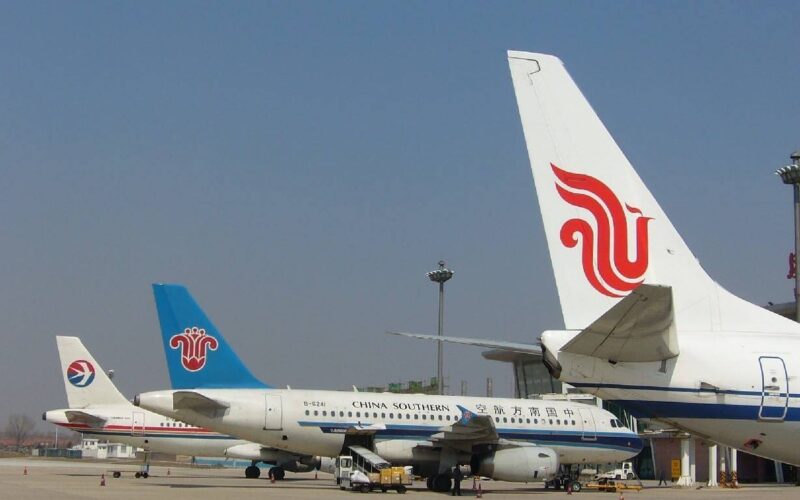The three major airlines in China – Air China, China Eastern, and China Southern Airlines (ZNH) had released their 2020 semi-annual report last Friday. The number shows that in the first half of the year, the three airlines achieved total revenue of CNY 93.739 billion (USD 13.7 billion), and the total net loss was CYN 26.157 billion (USD 3.816 billion). Of which, Air China recorded the largest loss of CNY 9.441 billion (USD 1.377 billion), while China Southern Airlines (ZNH) recorded the largest YoY loss of 583.67% among the three.

In terms of operation, in the first half of 2020, China Southern Airlines (ZNH) recorded 85.758 billion available seat kilometers (ASK), the highest among the three airlines, with a YoY decrease of 48.35%. The average occupancy rate recovered to 67.47%, which also ranked first among the three major airlines.
Surprisingly, although China Eastern Airlines (CIAH) (CEA) was the first to launch the unlimited flight pass product in the market and received good feedback, it recorded the lowest occupancy rate among the three airlines in the first half of the year, which is less than 67%.
It is also worth noting that fuel had always been the highest operating cost of airlines, but the impact of COVID-19 has changed this dominating factor.
In the first half of the year, Air China’s aviation fuel costs as a percentage of operating expenses decreased from 32.16% to 19.94%, while depreciation costs became the most considerable expense at 28.03%. The other two airlines are following the same trend.
According to Air China, this change was mainly due to the combined effect of the volume of fuel consumed and the decrease in fuel prices. If all other variables remaining unchanged, and the average fuel price increases or decreases by 5%, the Group’s aviation fuel costs will increase or decrease by approximately CYN 341 million (USD 49.8 million). China Southern also stated that a 10% increase or decrease in the average fuel price would lead to an increase or decrease of CYN 840 million (USD 122.67 million) in the Group’s operating costs during the reporting period.
This year, many airlines around the world had layoffs and wage cuts. Although compared to international airlines, the three Chinese airlines have not seen large-scale layoffs, but employee salaries are inevitably shrinking under the epidemic.
According to the report, Air China spent CYN 7.76 billion (USD 1.133 billion) on employee salaries, compared with CYN 9.102 billion (USD 1.33 billion) in the same period last year, a decrease of 14.74 percent. Air China explained that it was mainly due to the impact of a lower number of flights, adjustments to pay scales, and social insurance levies’ halving.
According to IATA’s latest forecast, the global air passenger traffic will decline by 55% in 2020, and airlines will suffer a loss of 84.3 billion U.S. dollars.
Thanks to effective epidemic prevention and control, China’s aviation market is taking the lead in global recovery. In recent months, China has relaxed some travel restrictions to allow citizens to take domestic flights, contributing a vital part for Chinese airlines.
According to the Eastspring Investments report, even though the recovery is slow, Chinese airlines are outperforming European and American airlines. Domestic operation is the primary revenue source for most Chinese airlines, and a more resilient recovery is foreseen in the second half of the year.

